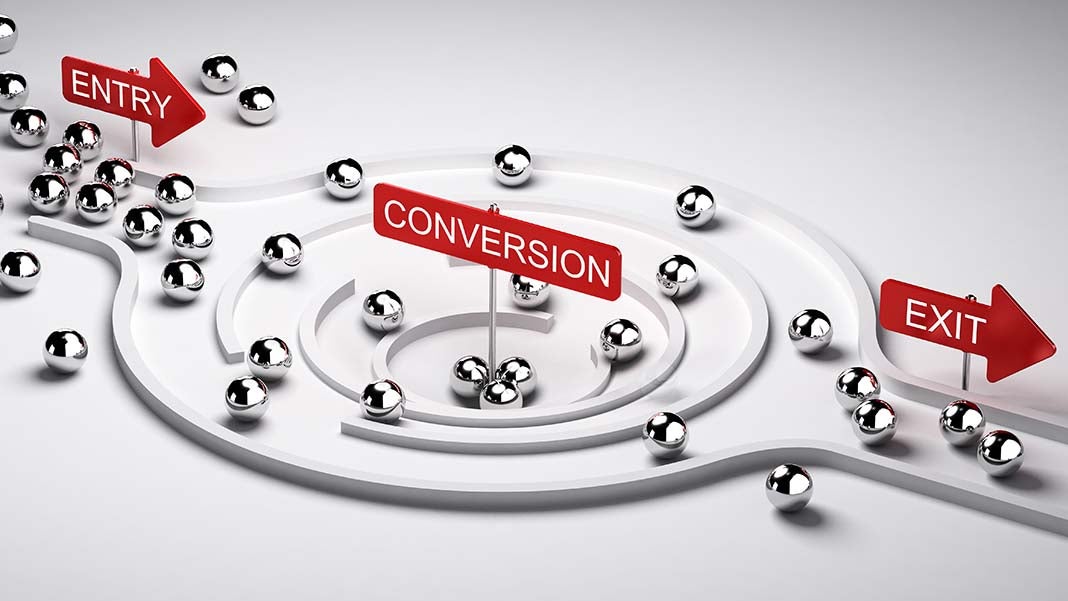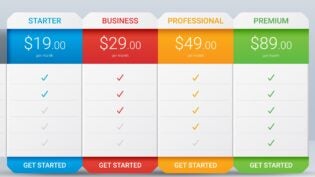
There’s an interesting conversation going on in LinkedIn. It starts with the question, “Is reducing the time between customer meetings the only way to compress the sales cycle?” This focuses on what we call wall/calendar time (look at the clock or calendar on the wall, reduce time between meetings–shorten sales cycle).
It is a way to reduce sales cycle, but it’s probably the least controllable way to do this.
In reality, I think there are far better ways to reduce sales cycle, while also increasing the probability of winning.
First, you have to chase the right deals! Nothing increases sales cycle more than a customer that’s not qualified or that doesn’t have a high sense of urgency around changing. Yet, too often, we do just that. We invest meeting after meeting, deals seem to stall very early on, so we schedule more meetings trying to get the customer moving forward. Until the customer has a compelling need to change, regardless how frequently we meet, we won’t move forward.
But we and our customers invest a lot of time in what might be just exploratory conversations.
We need to get first things first. Focus on helping the customer recognize, “We cannot operate like this any longer, we must change!”
Second, we must design better more impactful meetings with the customer. Think of this as call planning on steroids.
Most of the time wasted in sales meetings is a lack of purposefulness and preparedness in the meetings. Our research (admittedly a few years old) shows that sales people make at least 37% more calls than necessary to close deals. We’ve seen as much as 70% reduction in “meeting time” through more purposefulness in these meetings.
Consider:
- Are we and the customer aligned in what we want to achieve in the meeting?
- Are we each prepared to achieve those goals in the meeting?
- Do we have the right people participating in the meeting?
We need to go beyond sales call planning/preparation, but start thinking of “designing” meetings that are more purposeful and accomplish more. Not only are we using our time more effectively, but we are creating much more value for the customer. We are using their time more effectively and helping them accomplish more.
In doing this, we reduce the number of meetings required in the sales cycle. In one client, it would typically take 15-19 meetings for a very large deal (perhaps over the course of 12-15 months). Now they accomplish the same thing in 7-9 meetings. As a result, they accomplish much more in less time invested (think person hours).
If you can do this, as well as compress wall time, you dramatically reduce sales cycle.
But even if you can’t reduce wall time (I’ll get to this), you’ve dramatically improved sales productivity. Using the example above, we’ve freed up 50% of the client’s time to pursue other deals!
But reducing sales cycle time (wall-time) is really the wrong issue. It’s, honestly, a selfish issue, focusing more on our productivity than what the customer is trying to achieve.
The real issue is not the sales cycle, but the buying cycle. Our focus needs to be on helping the customer through their buying cycle. There is too much data around the number of initiatives resulting in No Decision Made. Customer struggle with buying/problem solving. It’s less a vendor selection issue, but more issues around the customer themselves. “How do they align diverse priorities, agendas? What should they be looking at in considering solutions? How do they get everyone in the organization on board? What are the risk and change management issues? How do they organize themselves to solve the problem, make a selection, and implement a solution?” In addition, in complex B2B buying/selling, they probably don’t go through this every day or even every month. They simply don’t know how to buy.
We help the customer increase their urgency by helping them clearly understand the consequences of doing nothing. But we go further by looking at opportunity and related costs they incur by not moving as quickly as possible.
As sales professionals, we need to help our customers reduce their buying cycle. We need to help them eliminate the possibility of No Decision Made. We need to help them realize the benefits they sought as quickly as possible.
The best way to compress our sales cycles are to help the buyer compress their buying cycle!












